Automated driving technology has developed rapidly over the past few years, and many companies are entering this technological race. This article takes an in-depth look at the major self-driving companies and their projects, and analyzes the latest developments.
Toyota's Innovative Technology: Paving the Way to the Future of Automated Driving

Features and Safety Focus of New Automated Vehicles
Toyota's new self-driving vehicle integrates several advanced technologies to enhance its unique safety features. Specifically, advanced LiDAR (Light Detection and Ranging) technology, millimeter wave radar, and 360-degree cameras are used together to constantly monitor the vehicle's surroundings in real time. This ensures a high level of safety even at night when visibility is poor or in bad weather. In addition, AI learns the driver's driving style and suggests individual safety settings to ensure an optimized driving experience for each driver.
Toyota's commitment to safety is also reflected in its damage mitigation in the event of a collision. Automatic braking and emergency avoidance systems are available, and in the event of a collision, the vehicle will automatically perform optimal braking maneuvers to minimize damage.
Toyota's Technology Essentials:
- Highly accurate AI analysisAI: AI predicts the driver's intentions and provides a smooth driving experience.
- Traffic jam supportStop & Go function reduces the burden on the driver.
- Obstacle detectionRecognizes pedestrians and other vehicles, contributing to the prevention of accidents.
Market launch strategy to expand from Asian markets to the world
While focusing on the Asian market, Toyota has a flexible go-to-market strategy with an eye toward worldwide expansion. First, the company is optimizing its technology by collecting practical data on traffic infrastructure, road conditions, and regulations through test operations in Japan. Based on the success in Japan, we then plan to enter the Chinese market. China is a country that is aggressively promoting automated driving and has a huge market, so if we succeed, our influence on other regions will be significant.
Furthermore, based on our success in the Asian market, our next targets are North America and Europe. In Europe in particular, meeting stringent safety standards is expected to enhance brand credibility and secure long-term market share. Through this phased approach, Toyota aims to introduce automated driving technologies optimized for each market.
Nissan and Renault Global Project: Innovation in Technology and Safety

Fusion of AI and Sensors for Next-Generation Automated Driving
The Nissan and Renault project combines the latest AI and sensor technologies to realize next-generation automated driving. Specifically, advanced deep learning algorithms are used to immediately analyze data from sensors and predict movements around the vehicle. This allows the system to anticipate the movements of pedestrians and adjacent vehicles and respond instantly.
In addition, Nissan and Renault have a patented multi-modal sensor system. This ensures that the sensors complement each other and that the vehicle is always aware of its environment with the highest precision. For example, radar is particularly useful when visibility is poor, while LiDAR provides detailed location information on the vehicle. This combination provides a significant increase in safety and accuracy compared to systems from other companies.
Technical Features:
- Data integration of multiple sensorsLiDAR, cameras, and radar are interconnected.
- Real-time analysis by deep learningHazard avoidance and efficient route selection are possible.
Adaptability to market needs: Various applications
Nissan and Renault are working on designs that are flexible enough to meet the needs of different markets. For example, an automated vehicle designed for urban sharing services offers advanced control at low speeds and exceptional maneuverability on narrow roads and parking lots. On the other hand, for highway use, we are developing models that excel at long-distance cruising, significantly reducing driver fatigue.
In addition, models specifically designed for trucking and commercial vehicles are also available to meet the needs of the logistics industry in particular. Since durability is important for logistics vehicles, these vehicles are designed to withstand long hours of operation. With these application-specific models, Nissan and Renault are well-positioned to meet a wide range of market needs.
Honda's next-generation technology and environmentally friendly design
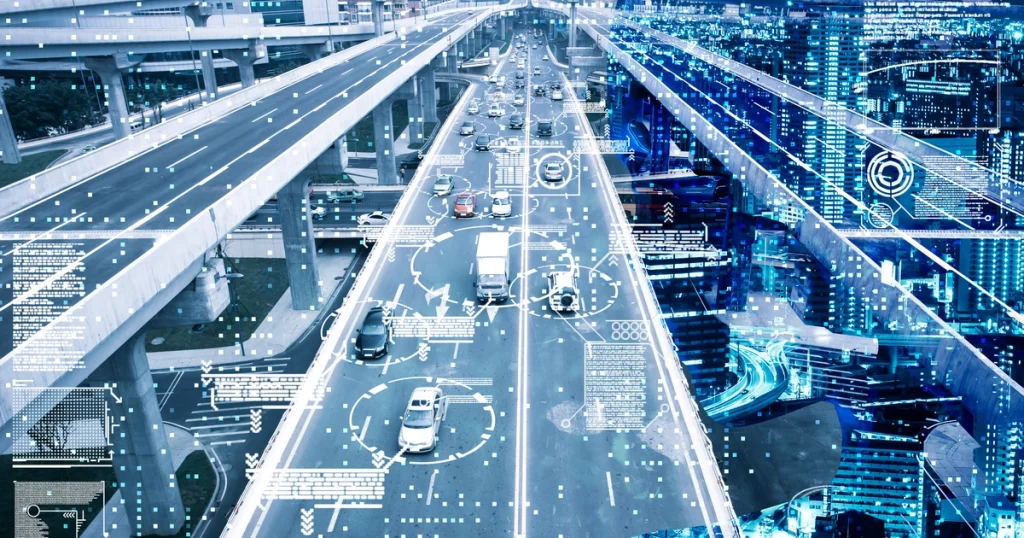
New safety features and user-friendly design
Honda's automated driving technology is designed with driver operability in mind. The voice recognition system instantly responds to the driver's voice commands and can operate a wide range of functions, including navigation and climate control. In addition, gesture-based controls are also employed to provide easy operability, such as opening the windows with a wave of the hand.
On the safety front, Honda has also developed a unique hazard avoidance system. For example, if a vehicle is about to swerve out of its lane, the AI immediately alerts the driver and automatically returns the vehicle to its original position. This significantly reduces the risk of accidents, even when the driver is tired.
Honda's efforts:
- Improved operabilityControl by voice command is possible.
- Reduction of environmental impactCO2 emissions are reduced by promoting zero-emission vehicles.
Tesla's state-of-the-art Autopilot and interoperability
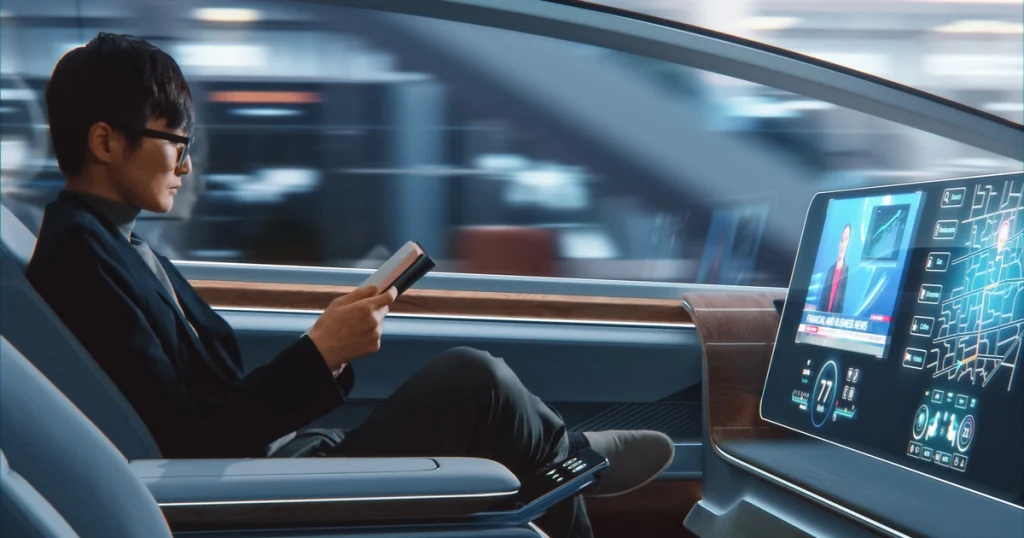
Autopilot function: Anticipating the driving experience of the future
Tesla's Autopilot is more advanced than other companies' self-driving technologies. Lane Keep Assist and Adaptive Cruise Control, as well as the Automatic Lane Change feature, make driving on highways much more comfortable. In addition, the Smart Summon function automatically moves the car to the driver in a parking lot, eliminating the need for cumbersome walking in the parking lot.
Tesla provides over-the-air (OTA) software updates for all its self-driving vehicles. This ensures that the vehicle is always up-to-date with the latest technology, even after purchase, and that users enjoy the latest safety features for an extended period of time.
Tesla's advanced features:
- Automatic Lane Change: Smooth lane change and safety.
- Latest Software UpdatesThe latest technology is always available through regular updates.
Safety and Data Sharing: Building Sustainable Mobility
Tesla is contributing to the creation of a sustainable mobility society by sharing data with other vehicles and traffic infrastructure, and by utilizing V2V (Vehicle-to-Vehicle) and V2I (Vehicle-to-Infrastructure) communications, exchanging real-time information with other vehicles and road signs. This information is used to predict traffic conditions and prevent accidents.
In addition, Tesla is working more closely with public infrastructure companies as well as automakers. Traffic signals and road changes can be instantly identified and vehicles can select the optimal route for efficient driving. In this way, interconnectivity enhances safety and contributes to the reduction of CO2 emissions.
Tesla's Robotaxi: Ushering in a New Era of Self-Driving
In October 2024, Tesla unveiled its long-awaited Cybercab robo-taxi!13. This fully automated vehicle, which has no steering wheel or pedals, is expected to go into production in 2026!13It features an impressive pricing of less than $30,000 and a low operating cost of $0.20 per mile!4The Cybercab has a unique design, featuring butterfly wing-like doors and a compact two-seat interior.2Tesla expects this innovative robo-taxi to transform the future of urban transportation and usher in a new era of mobility services.
Technology from Waymo (Google) and other major players

Waymo's pioneering technology and business model
Waymo has become a leader in self-driving by leveraging Google's powerful AI and big data analytics capabilities; its fully self-driving cab service, called Waymo One, is now in operation in the U.S., especially in urban areas. Using the latest AI technology, the service instantly assesses its surroundings and ensures pedestrian safety at intersections and crosswalks.
Waymo's business model is applicable not only to cab services, but also to logistics and delivery: Waymo Via provides efficient and reliable logistics services, including automated package delivery. In the future, Waymo Via is expected to be introduced to commercial facilities and airports, and is expected to enhance the convenience of urban life in general.
Waymo's Business Model:
- Cab Service: Fully automated cab operation in urban areas.
- AI Analysis: Vehicle learning function improves accuracy with every operation.
Proprietary technology of other major players
In addition to Waymo's pioneering technology and business model, other major players are entering the self-driving market with their own technologies.cruiseis developing Cruise Origin, a fully automated vehicle without a steering wheel, for deployment in 2026. With more than 1 million miles of unmanned driving tests in urban environments, we are working to create a safe and highly efficient automated driving solution.ZOOXis developing a uniquely designed, interactive, fully automated vehicle. Rather than modifying existing vehicles, we are taking an innovative approach to designing vehicles optimized for automated driving from the ground up.pony.AIhas developed a sixth-generation Level 4 automated driving system and launched a robo-taxi service in 2023, utilizing advanced sensing technologies such as LiDAR and radar to significantly improve the reliability and safety of automated driving. The efforts of these companies illustrate the diverse developments in automated driving technology, which is expected to further intensify market competition in the future.

Summary: The Future of Automated Driving Technology and Its Impact on Society
The efforts of these companies have the potential to bring about significant changes in our lives. Automated driving technology is expected not only to revolutionize the means of transportation, but also to contribute to solving environmental problems and making cities smarter. We cannot take our eyes off the future progress of automated driving technology.
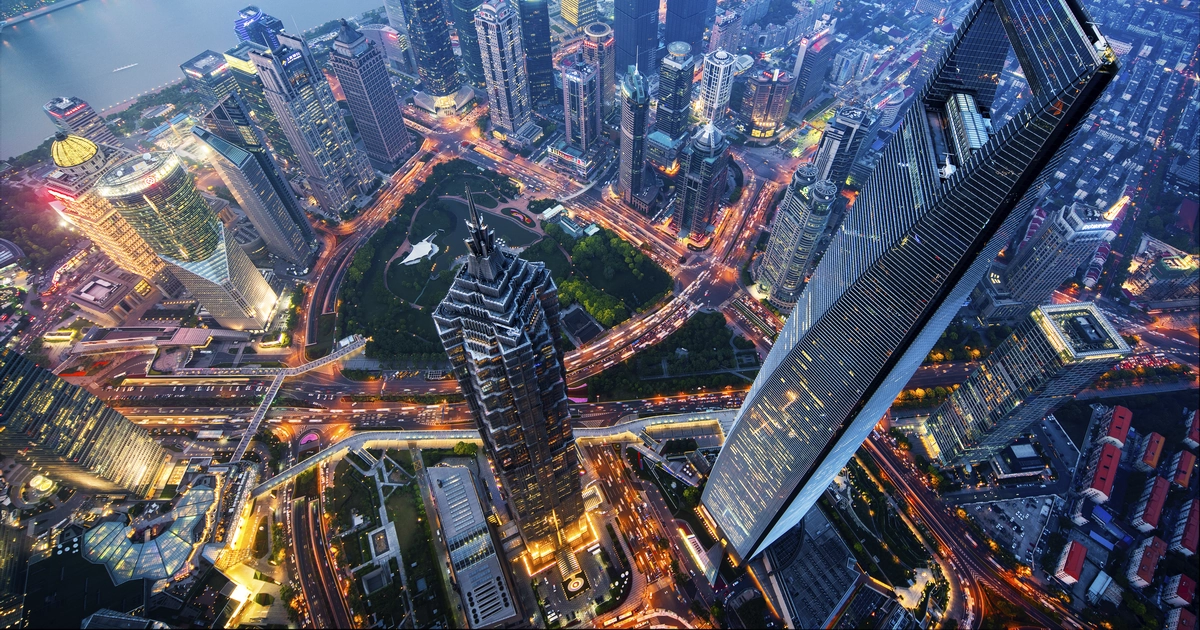




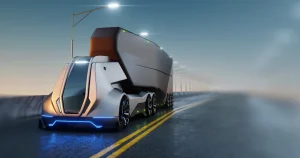
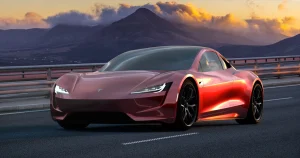


Comment